6 Alternative Ways To Experience Japanese Onsen And Sento
Can’t Go To A Japanese Public Bath? We Got You Covered
No need to get naked to get the benefits of onsen and sento. From foot spa to a totally dry take on bathing, there are many ways to immerse yourself in Japanese bathing culture without even getting wet.
No judgment here if you are not big on bathing naked in public. Reasons can vary from feeling too shy and awkward to be naked with strangers, having some body marks you want to keep private, or simply having tattoos—which bans you from the majority of hot springs in Japan. There are ways to experience a Japanese onsen privately, such as staying in a suite with its own private onsen bath or reserving a private bath for an hour in an onsen resort. Don’t miss out on a hot bath outside in the snow while looking at the moon!
Moreover, onsen and sento culture has permeated Japan so much so that there are alternative ways to experience some facets of it without getting naked at all—or if you consider yourself a hardcore onsen and sento lover! Here are a few of those, with options at home, in Tokyo and Fukushima.
1. Japanese Onsen and Sento Sounds Experience
Public baths closed during the state of emergency across Japan, but still found ways to connect with patrons. The tech-savvy wizards in Arima Onsen hot-spring town in Kobe introduced a VR experience that immerses you in one of the several participating onsens. They recommend watching the VR while in your bathtub, provided you own a VR headset, and be cautious. If not possible, they posted the videos on YouTube, so no one would miss out on them!
In and around Tokyo, more than 50 sentos and several onsens have made increasingly popular ‘relaxation experience videos’. Focusing on the sound of water, the ripples of light, or the bath interior, these videos are shared on social media under the hashtag #オンライン銭湯 (online sento). They provide a rare glimpse inside these bathhouses and their own atmosphere, as normally photos are not allowed inside.
If you feel a little under pressure, take a look at one of the relaxation sento videos of the retro Showa Yu in Toshima-ku:
今日はとても暑いので水風呂の景色をどうぞ#オンライン銭湯 pic.twitter.com/DsrcUdTrKb
— とくしま銭湯 昭和湯 (@1010showayu) May 10, 2020
2. Ashiyu Cafe

A quick and simple way to experience the healing benefits of Japanese onsen or sento, ashiyu (foot hot water or foot spa) can be found in every onsen town across Japan. As the natural hot spring waters usually run freely through these towns, ashiyu are free and casual outdoor spots to warm your feet—perfect after a long day of wanderings, they’re quite often located near the train stations.
Ashiyu cafe is basically a concept at the crossing roads between the traditional ashiyu and the cafe, so you can sip on drinks while soaking your feet. Before you leave, the cafe provides you with a towel to dry off. The water doesn’t even necessarily have to be natural hot spring water, as there are ashiyu cafes with hot bath water, just like sentos.
Momi No Yu Ashiyu Cafe in Ueno is one such cafe, charging per time spent inside. A 45 min course costs ¥1,080 and comes with free herbal tea. There are longer courses, and you can also add shoulder massage, drinks, and snacks to the whole experience. The second floor of the cafe is space dedicated to full-body massages that can be reserved separately.
Address: 4-5-2 Ueno, Taito-ku, Tokyo 110-0005
Website: Momi No Ki House
3. Shinkansen Foot Spa
View this post on Instagram
The ashiyu onsen concept has also made it onto a moving train! The Toreiyu Tsubasa Shinkansen that runs between Fukushima and Shinjo is part of JR’s Joyful Trains group. The primary purpose of these trains is not so much reaching the destination as it is the journey itself where passengers can enjoy the views from the window, onboard food, drinks, and experiences. In addition to a sake bar and tatami seating conversation spaces, the Toreiyu Tsubasa has a whole car turned into a foot spa, so you can soak your feet while facing the windows and taking in the sweeping views.
This car has a changing room, towels, and attending staff; a reservation is necessary. Footbath slots are 15 minutes long, you can book them either when buying the ticket, or during the train ride only if there are slots still available. Normally, this ashiyu experience is limited to riders with a View Travel Package and footbath tickets must be purchased in advance, so make sure to plan accordingly.
All schedule information is available on the dedicated Toreiyu Tsubasa page, booking available via JR East.
4. Sento Art Gallery
If just dipping your feet in onsen and sento water is not enough, sento galleries are a way to get inside a sento bathhouse while fully clothed and not having to bathe. While many onsen resorts want to emphasize the beauty of the surrounding nature by building outdoor baths, sentos can be inside the city and evoke nature and beauty through art. There are sento mural artists who specialize in this art, usually painting gorgeous Mount Fuji views and landscapes.
The number of sentos has been on the decline, but in the true spirit of mottainai (not being wasteful) some bathhouses have been transformed into galleries.
Miyanoyu Gallery + Cafe
6月2日、本日より通常営業を始めます。これからは予約なしで気軽にお楽しみいただけます。
改めまして、芸術銭湯+cafe 宮の湯 をよろしくお願いいたします。窓を開けて気持ちのいい風を入れて、お待ちしています。 pic.twitter.com/upxgUxy98x— 芸術銭湯+Café 宮の湯 (@cirq_cirq_cirq) June 1, 2020
A retro showa sento reborn as a gallery with a cafe, Miyanoyu is a unique opportunity to reuse a space in a whole different way. The 70+ years old bathhouse is authentically preserved and hasn’t been overly adapted to its new function, rather the gallery and the cafe have found ways to belong in a bathhouse.
Address: 2-19-8, Nezu, Bunkyo-ku, Tokyo 113-0031
Website: + cafe Minanoyu (Japanese)
SCAI The Bathouse
View this post on Instagram
This prestigious modern art gallery housed in a 200-year-old sento in the retro-charming Yanaka district regularly hosts domestic and international artists. While the outside sento look is preserved, the interior is stripped down, painted white to suit a gallery better.
Address: 6-1-23 Yanaka, Taito-ku, Tokyo 110-0001
Website: Scai The Bathhouse
5. Sento-Themed Indoor Playground
We all know how much children love splashing and bathing, or even better—diving into a ball pit. Tokyo Kodomu-ku Kodomo-no-Yu is an indoor playground in Solamachi—next to Skytree—that combines all of that. Built like a proper sento, with yukata-clad staff, an obligatory Mount Fuji mural, and baths turned into ball pits, this indoor playground on the 5th floor of Solamachi is a great respite in a long day.
Kodomo-no-Yu also has areas with traditional Japanese festival games, and a shopping street where kids can play sellers and customers on the yatai (food stalls). And of course, there’s no sento or onsen without massage chairs, so parents can look forward to that here as well.
Note that this playground is only for children 8 years old and younger.
Working hours: 10 a.m. – 9 p.m.
Address: Tokyo Skytree Town, Tokyo Solamachi 5F, 1-1-2 Oshiage, Sumida-ku, Tokyo
Website: Kodomo no Yu (Japanese)
6. Experience Onsen with bath salts and cosmetics
View this post on Instagram
Many onsens offer packs of their signature bath salts and onsen cosmetics that are said to have similar healing properties as natural hot springs. Depending on the brand they have various minerals, while popular fragrances are Japanese cypress (hinoki), bamboo, camphor, and tea. A great souvenir and memory, these cosmetic products can help you recreate part of the Japanese onsen experience at home, or bring the onsen benefits to friends and family who hadn’t got the chance to go yet! Onsen bath salts are sold in cosmetic stores too, so you can even buy them without going to the onsen that makes them.
Bonus: Onsen experience in Japan
View this post on Instagram
Oedo Onsen Monogatari in Odaiba is always high on my list. It’s super popular and full of tourists, but don’t let that put you off, it’s worth the hype and not a tourist trap. This onsen complex has it all under one roof—indoor baths with gorgeous Mount Fuji murals, outdoor rotenburo baths, jet-stream baths, massage, ashiyu and streams in the garden—and that is just the relaxation aspect. The perfect place to experience Japanese onsen culture.
They also hand everyone a yukata upon entering, so when you mingle in the food court it is as if we’ve all traveled to Edo, the old Tokyo of the 16th century. The food court area is made to look like a little town where a summer festival is always ongoing, there are food and souvenir shopping stalls, ice-cream sellers, and so on.
Its only flaw, it seems, is the fact that people with tattoos are not allowed in, as is the case with the majority of onsens. You won’t get access to baths but if your tattoos are hidden, you will be able to wander in the Edo zone of the complex.

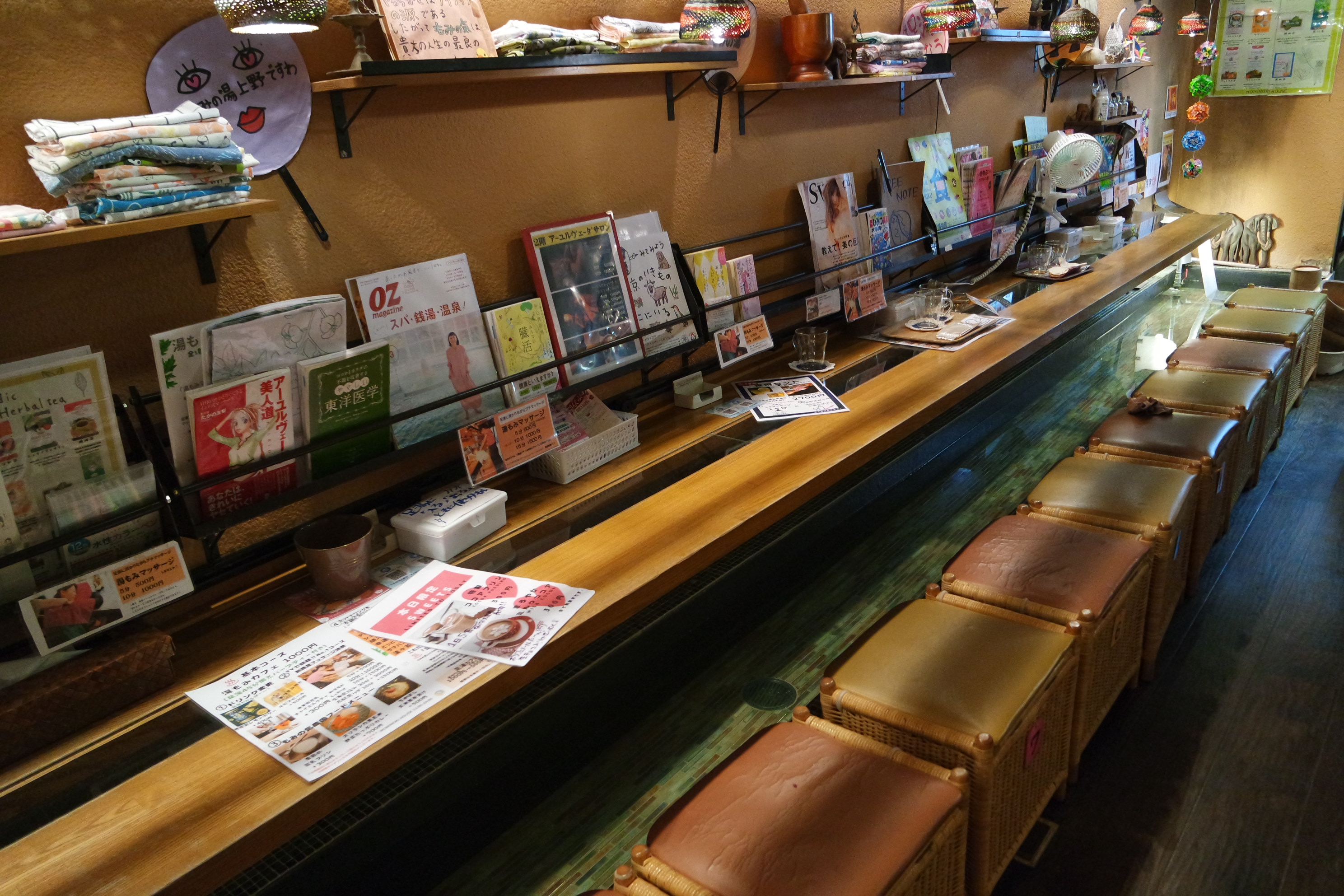
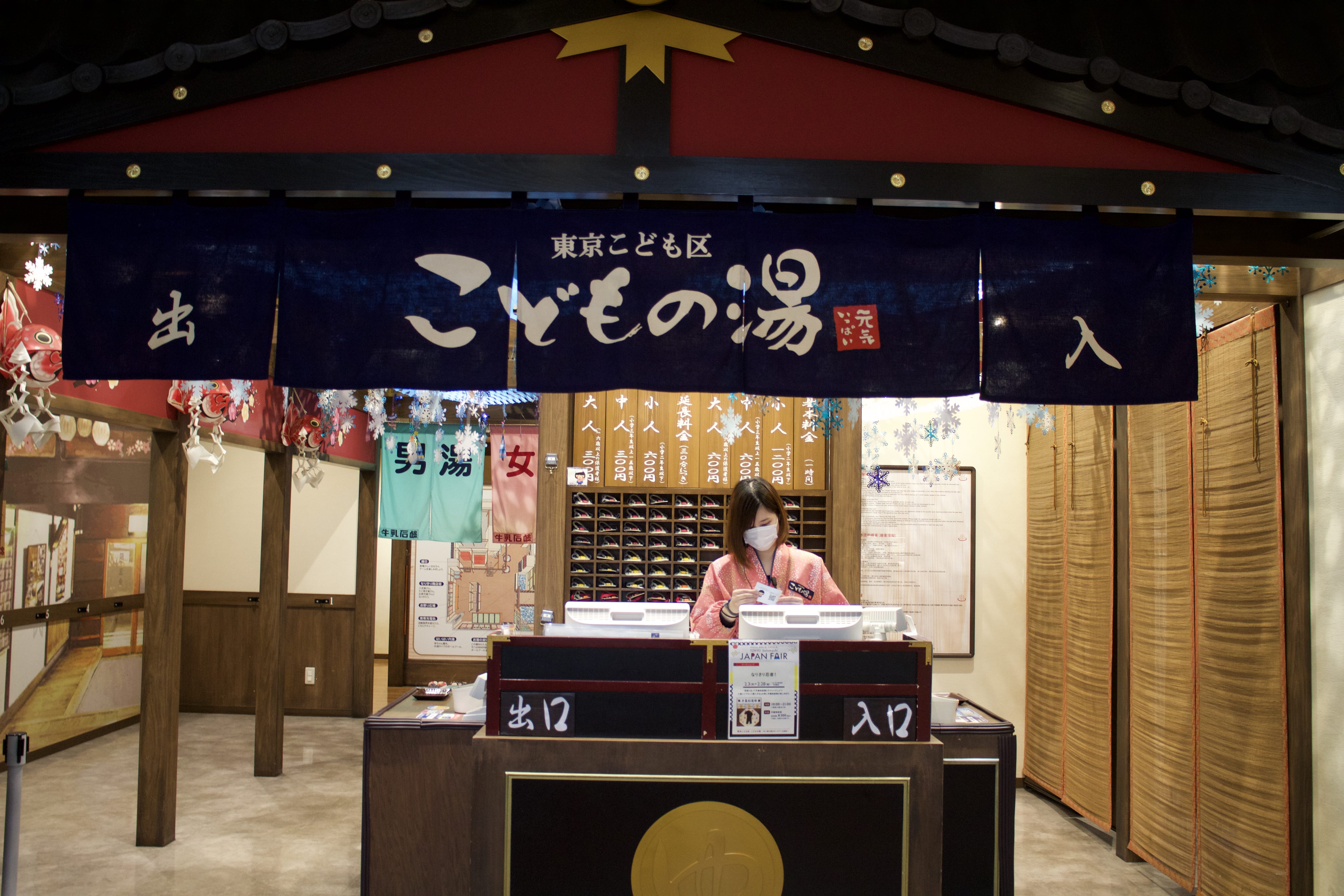
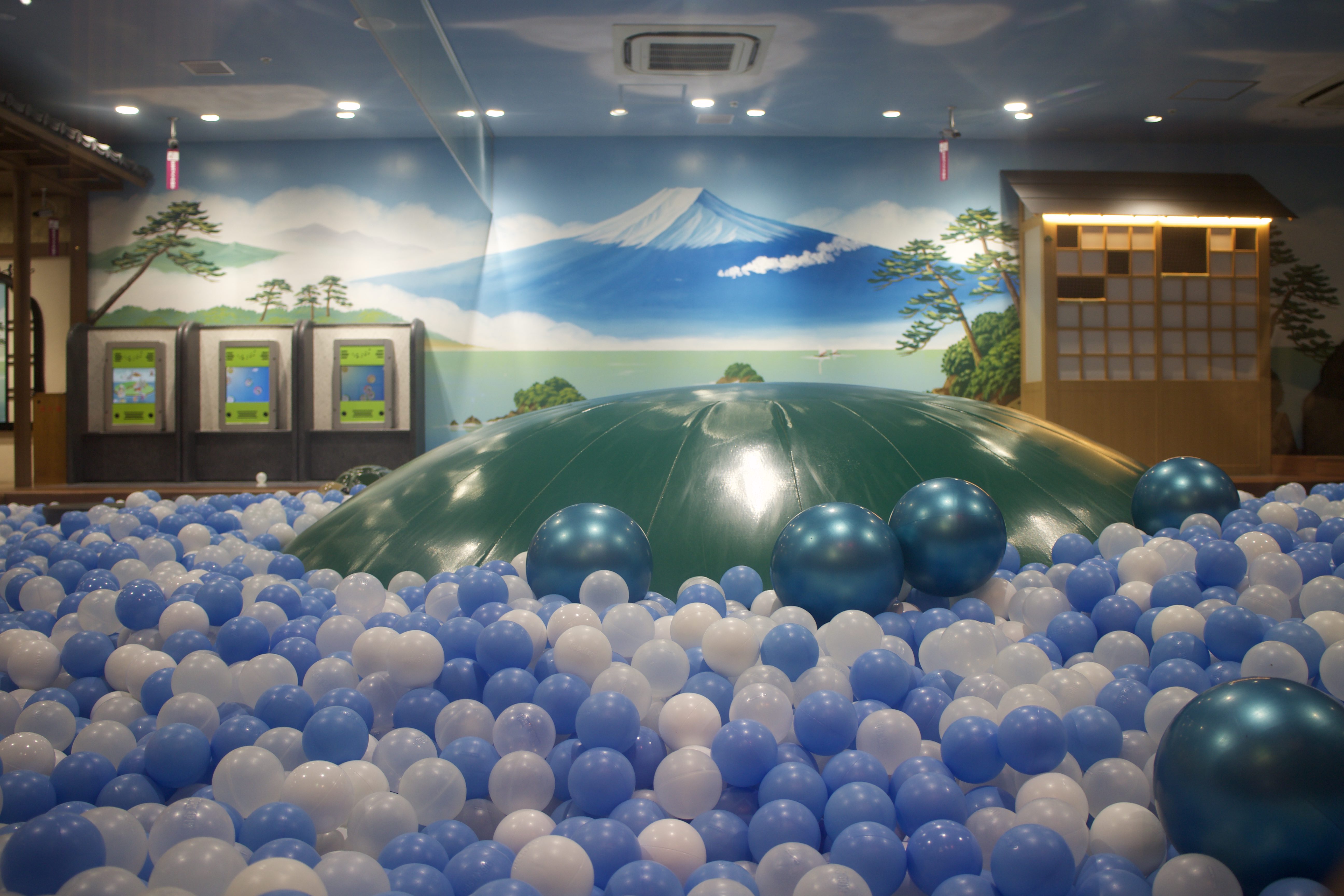









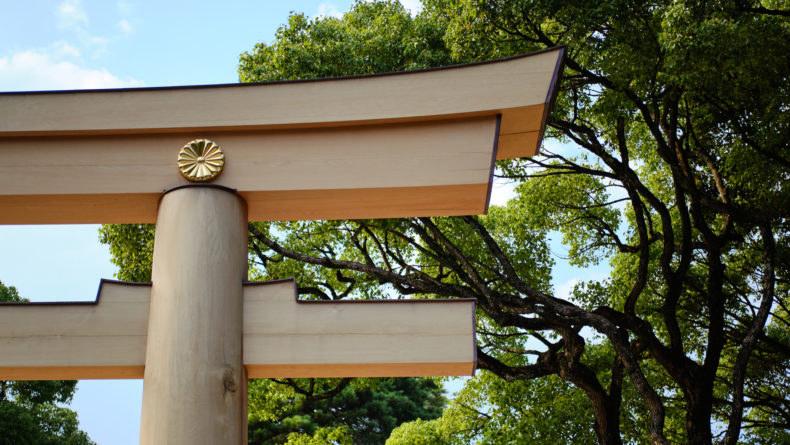
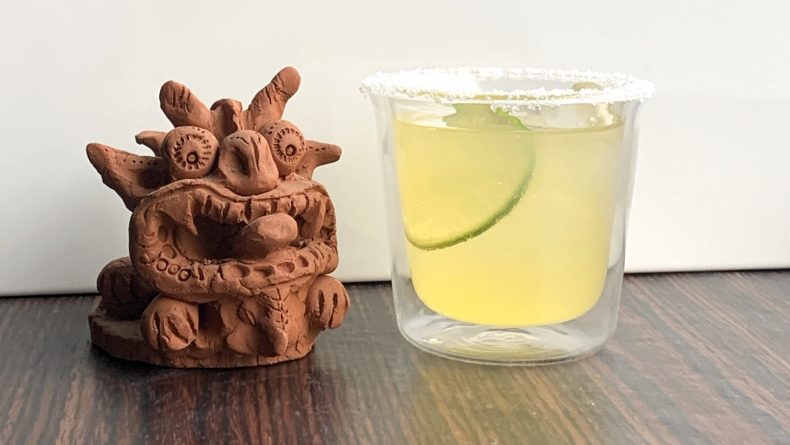

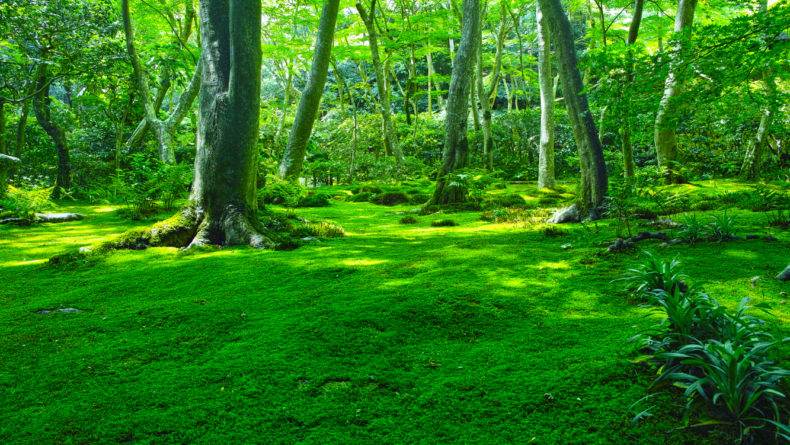
Leave a Reply